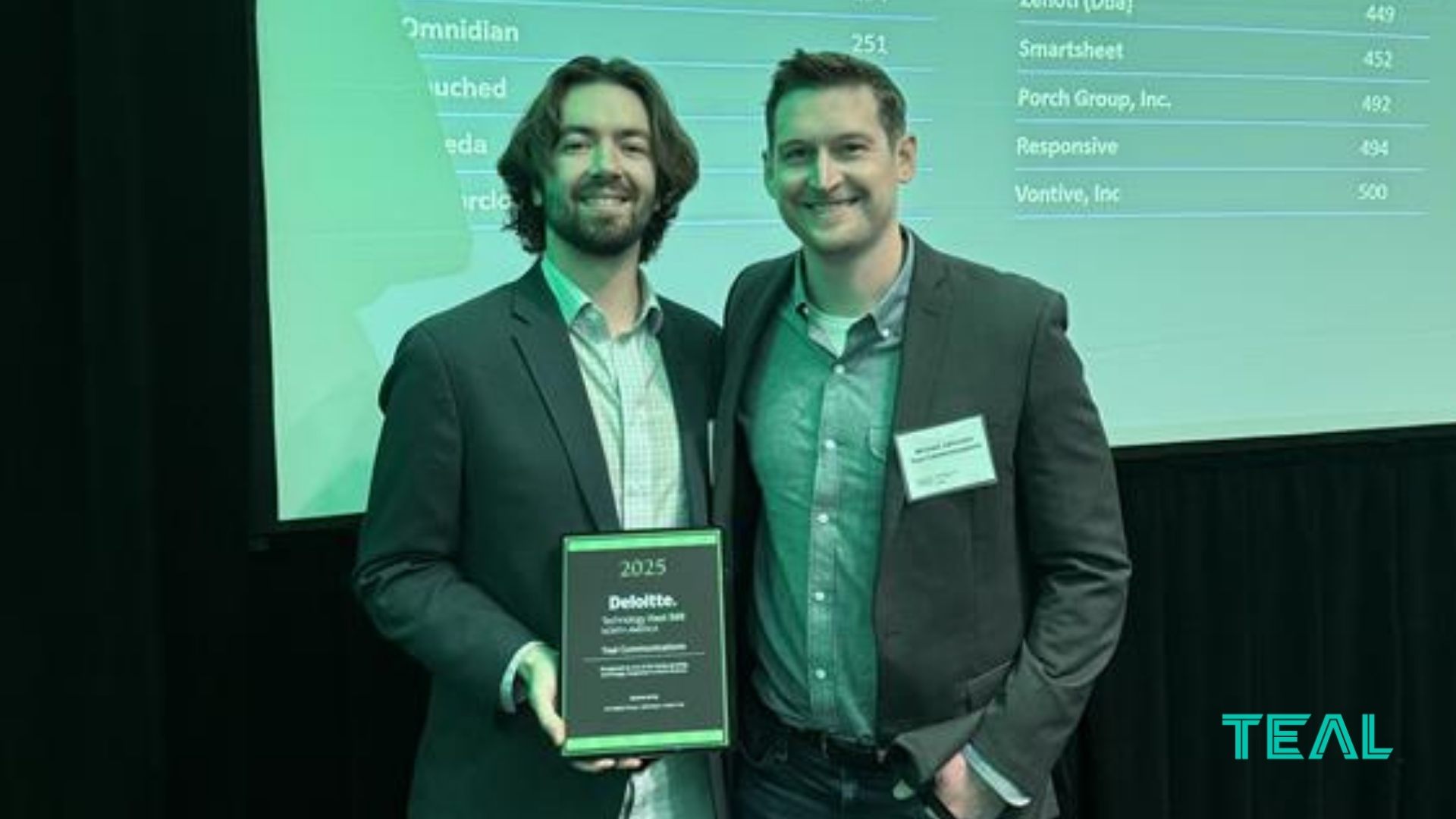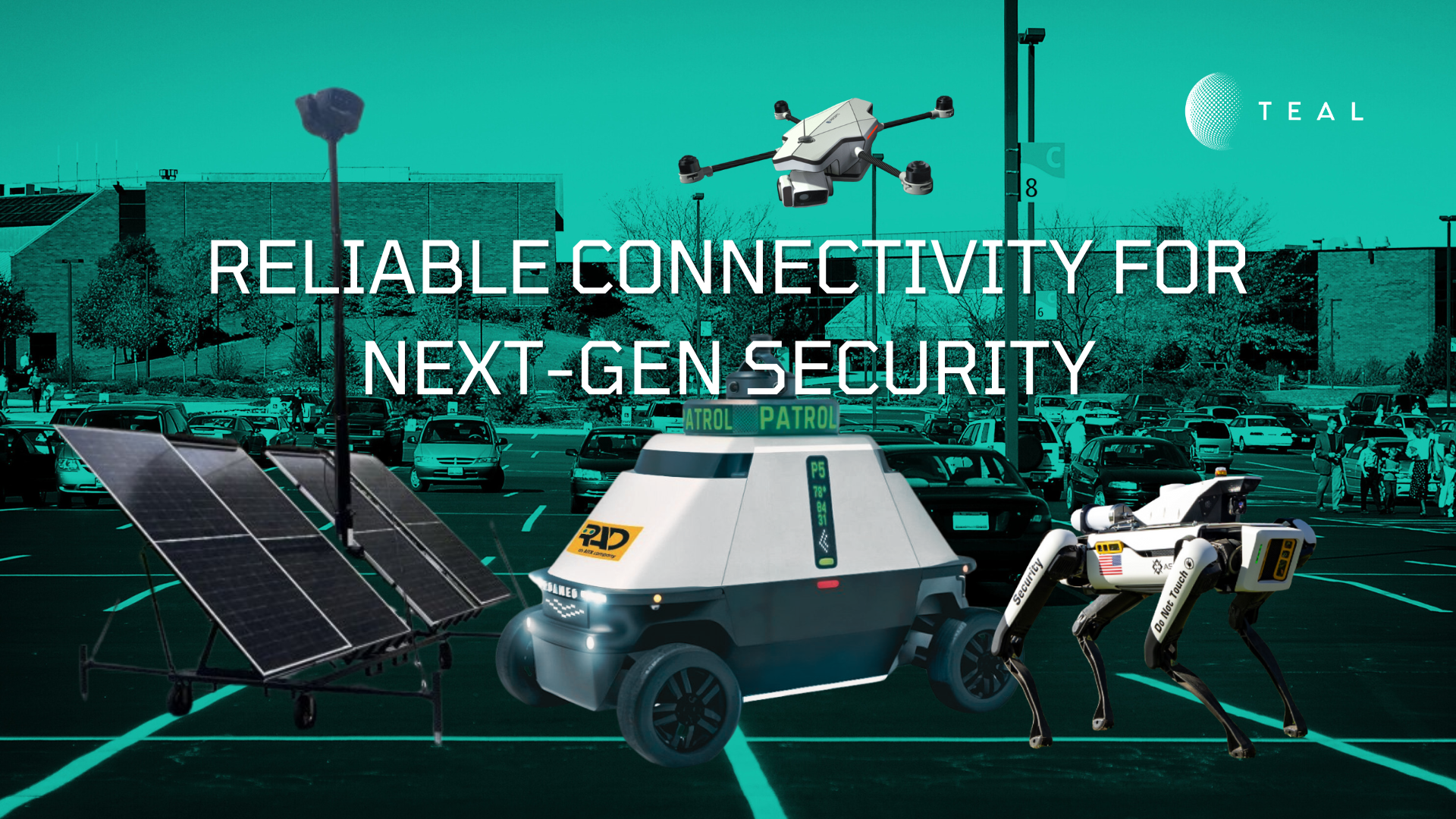The Growing Importance of Robots and Drones in Security and Public Safety

Imagine if your security cameras could not only perform surveillance but also patrol, investigate, and respond in real time. With the integration of robots and drones into security and public safety, this is no longer speculation but a present-day reality. These cutting-edge technologies are addressing critical gaps in traditional security systems and reshaping public safety strategies. From autonomous security robots patrolling shopping centers to drones responding to emergencies within seconds, the future of safety has arrived.
Why Traditional Security Models Are No Longer Enough
The traditional model of human-centric security is becoming increasingly unsustainable due to rising costs, labor shortages, and high attrition rates. According to industry reports, 63% of security firms struggle to hire and retain personnel, with turnover rates exceeding 100% in some cases. This challenge has driven organizations to explore automation as a solution, helping teams do more with fewer resources.
But automation is not about replacing humans. Instead, it’s about complementing human skills, enhancing efficiency, and improving safety. That’s exactly where robots and drones excel.
Robots in Security and Surveillance
Security robots are redefining what it means to “patrol.” Equipped with high-resolution cameras, AI-driven analytics, and autonomous movement, these robots are capable of 24/7 monitoring, ensuring no blind spots in coverage.
Key Features of Security Robots:
- Autonomous Movement: Security robots patrol areas continuously along predefined routes, ensuring consistent surveillance.
- AI-Powered Insights: Built-in artificial intelligence modules analyze video footage, identify threats, and report incidents in real time.
- Enhanced Safety: Unlike human guards, robots don’t suffer from fatigue, distraction, or risk of harm, making them an ideal first responder.
- Two-Way Communication: Integrated systems allow employees to report issues or request help directly through the robot.

One notable example is Knightscope’s K5, an AI-driven autonomous security robot designed for commercial and public spaces. It patrols properties 24/7, offering mobile perimeter protection and delivering real-time updates to aligned stakeholders. Similarly, Asylon’s DroneDog packs thermal imaging and high-resolution cameras to extend surveillance into challenging terrains.
These robots aren’t just about surveillance; they’re expanding the scope of what security programs can achieve. Tasks like checking visitors in, issuing badges, responding to alarms, and even deterring threats become automated, freeing up human teams for higher-priority work.
What’s on the horizon? A number of companies are developing humanoid robots including US-based Apptronik, Tesla and Figure AI. These human-like or humanoid robots whose tasks will initially include working in warehouses and manufacturing plants by moving packages and other supply chain-oriented tasks, will likely serve as security robots in the future. Check out this recent post which delves deeper into the role of robots for public safety and defense use: The Rise of Autonomous Robots in Warfare: A Look Into the Future of Connected Combat
Drones as Game-Changers in Public Safety
If robots are revolutionizing ground security, drones are transforming the skies. Drones offer unparalleled advantages in emergency response, aerial reconnaissance, and situational awareness.
Critical Applications of Drones:
- Emergency Response:
- Rapid Deployment: Drones can respond to incidents in under 70 seconds, bypassing traffic and physical barriers. This speed is vital in scenarios like crimes in progress, fires, traffic accidents, and even active shooter situations.
- Situational Insights: Real-time aerial footage provides first responders with crucial data before they arrive on the scene, improving decision-making and safety.
- Surveillance:
- Patrol large perimeters, monitor crowds, and assess high-risk areas—tasks difficult or impossible for traditional cameras.
- Drones equipped with thermal imaging excel in search-and-rescue missions and monitoring remote or hazardous environments.
- Force Multiplier:
- With advanced navigation systems, drones reduce the burden on law enforcement by handling tasks traditionally requiring multiple officers. This allows agencies to focus their personnel on the most critical incidents.
Real-world applications highlight the effectiveness of drones. BRINC’s Drone as First Responder (DFR) program, for example, uses its Responder drones to reach emergency scenes within seconds. These drones provide instant aerial views, assess hostile situations, and enhance responder safety. Drones resolve 25% of calls without deploying human officers, making them a valuable resource in resource-constrained environments.
Check out this video of BRINC’s drone responding to a hostage situation:
Anothere example of drones forging a safer future includes the groundbreaking alliance between Skydio and Axon. Together the two companies are revolutionizing how public safety agencies operate, bringing powerful situational awareness into every relevant response with Drone as First Responder (DFR) programs. The Axon Air DFR collaboration combines Axon’s expertise in real-time operations and evidence management with Skydio’s advanced autonomous drone technology for first response. Together, they offer a comprehensive solution that simplifies the integration and scaling of DFR programs, ensuring better community outcomes and increased safety for first responders.
The Rising Importance of Autonomy
One of the most compelling advancements in security technology is the rise of autonomous robots and drones. Unlike their manually controlled counterparts, these systems independently perform tasks like patrolling, maneuvering through buildings, and even responding to gunfire.
Benefits of Autonomous Systems:
- Faster Response Times: Autonomous drones and robots operate without delays caused by human intervention.
- Safer Operations: Removing human operators from dangerous situations significantly reduces risks to personnel.
- Cost Efficiency: Automating repetitive, resource-intensive tasks leads to substantial cost savings.
Take the example of drones with “return to home” (RTH) features—this functionality guarantees that drones autonomously return to their base if signal disruptions occur. This compliance with FAA regulations ensures reliable and safe operations, even during unforeseen connectivity issues.
Revolutionizing Emergency Response with DFR Programs
Drone as First Responder (DFR) programs are proving to be a game-changer for urban safety. By deploying drones to emergencies at lightning speed, agencies can drastically reduce response times while improving community safety. Studies have shown that faster response times not only enable better incident resolution but also enhance transparency and decision-making.
With drones handling preliminary assessments, police and first responders can allocate their human resources more effectively. The outcome? Boosted efficiency, greater safety, and reduced use of force in potentially volatile situations.
The Role of Reliable Connectivity
For robots and drones to operate at their full potential, reliable cellular connectivity is essential. High-speed, low-latency data transfer ensures that these devices can process information and make decisions in real-time. This is especially crucial for Beyond Visual Line of Sight (BVLOS) operations, where drones venture beyond the operator’s immediate view. If, for example, a drone loses connectivity it must be grounded or “return home” based on current FAA regulations.
Advanced technology like TEAL’s mission critical connectivity platform offers seamless connectivity, ensuring stable data transfer, enhanced redundancy, and compliance with FAA regulations. Reliable connectivity enables these high-tech assets to deliver consistent performance, even under challenging conditions.
What’s Next for Security and Public Safety?
The integration of robots and drones into security and emergency response is just the beginning. Innovations like rooftop-deployed autonomous drones and vehicles with built-in aerial support are reshaping the safety landscape. With increasing government investment, favorable regulations, and advancements in AI and robotics, the adoption of these technologies will only accelerate.
But perhaps the most exciting aspect? Robots and drones are not here to replace human teams but to empower them—to make our communities smarter, safer, and more resilient.
The importance of robots and drones for security and public safety cannot be overstated. From bolstering surveillance capabilities to enhancing emergency response, these technologies are revolutionizing how we protect people and property. The future is bright, and with reliable connectivity and innovative programs like Drone as First Responder, we’re on the cusp of a new era in public safety.
Are you ready to future-proof your security and emergency response capabilities? Discover how TEAL can elevate your security solutions with always-on, reliable cellular connectivity.
Schedule a Meeting Now!
Recent Posts
TEAL Ranked as the Fastest-Growing Company in the Pacific Northwest on the 2025 Deloitte Technology Fast 500™
Teal Communications Staff2025-11-19T04:37:11+00:00
SenseNet Partners With TEAL to Expand AI-Powered Wildfire and Gas Leak Detection Globally
Teal Communications Staff2025-11-12T17:24:11+00:00
How Reliable Connectivity Powers Next-Gen Security Surveillance
Teal Communications Staff2025-11-06T20:31:43+00:00




